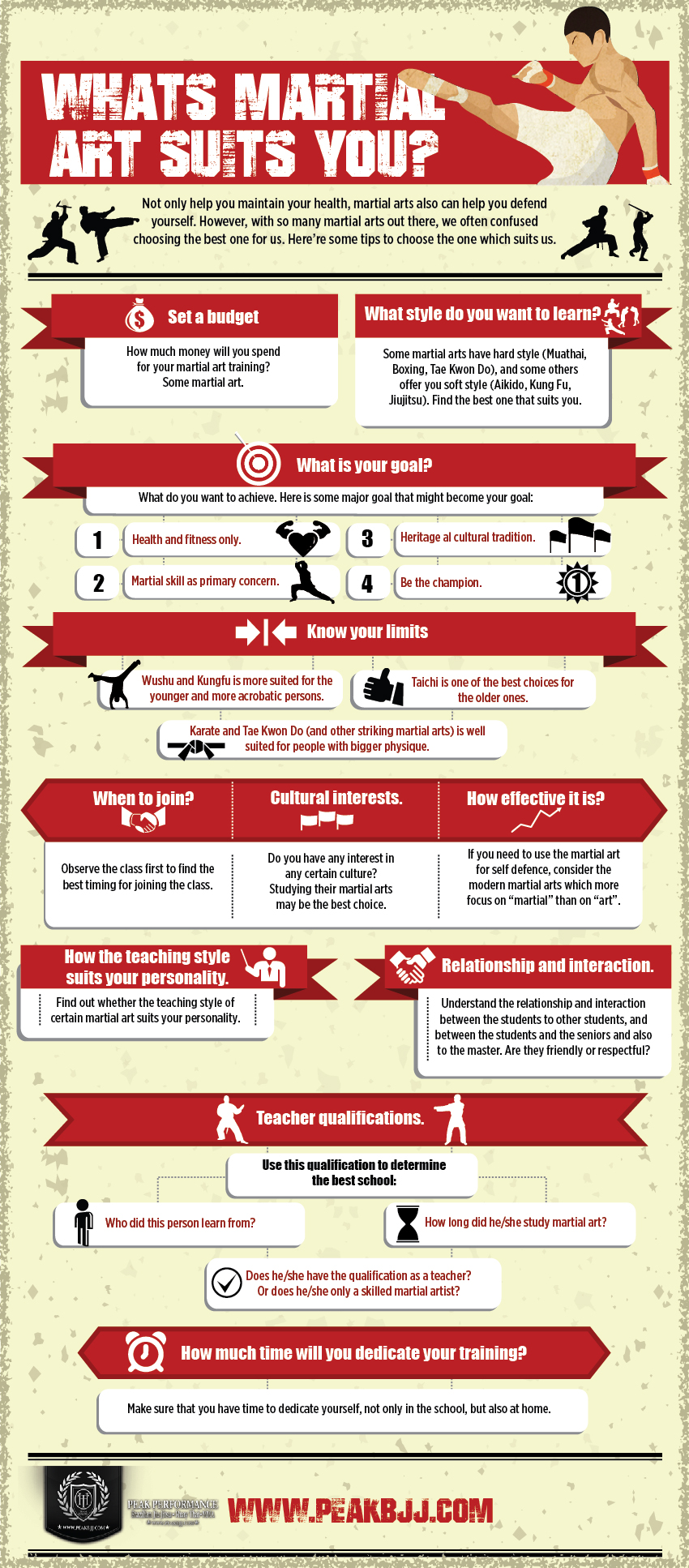Understanding The Fundamental Differences Between Conventional Martial Arts And Modern Battle Sports
Understanding The Fundamental Differences Between Conventional Martial Arts And Modern Battle Sports
Blog Article
Team Writer-Ware Snedker
When you consider martial arts, do you lean a lot more toward the typical techniques or the modern-day fight sports? Each course offers one-of-a-kind advantages and experiences, shaped by their viewpoints and training approaches. Conventional martial arts highlight individual development and discipline, while contemporary fight sporting activities focus on competition and efficiency. Understanding these differences can assist you in selecting the appropriate technique for your journey. Yet exactly how do what are different types of martial arts materialize in training and viewpoint?
The Ideology and Background Behind Traditional Martial arts
While many people link martial arts with physical combat, the ideology and background behind typical martial arts run much deeper. You'll locate that these self-controls stress individual development, self-control, and respect.
Stemming from ancient methods, typical martial arts were usually created for Self-Defense and spiritual development. They personify concepts such as balance, harmony, and self-discipline, guiding specialists beyond mere battling skills.
As you train, you'll not only discover strategies but likewise acquire insights into the society and values that shaped these arts. The routines and customs, usually passed down with generations, promote a feeling of area and belonging.
The Affordable Nature of Modern Combat Sports
Modern fight sports have transformed the landscape of martial arts into an extremely competitive arena, where professional athletes challenge in a test of ability, method, and endurance.
You'll see that competitions are often organized with rigorous regulations and guidelines, making certain fair game and security. These events draw in huge target markets, sustaining the exhilaration and intensity of competitions.
Professional athletes train carefully, not just for physical expertise but also for psychological durability, understanding that every information counts in the ring. The adrenaline rush throughout competitions is palpable, as fighters push their restrictions to declare triumph.
Fans value the athleticism and virtuosity entailed, making modern-day fight sporting activities a thrilling phenomenon that continues to progress and mesmerize lovers worldwide.
Training Methods and Methods: A Comparative Analysis
The affordable atmosphere of modern-day combat sports demands ingenious training techniques that vary dramatically from typical martial arts.
In modern training, you'll concentrate on certain methods, competing, and conditioning, frequently using drills that simulate real fight scenarios. You'll see a focus on quantifiable efficiency and constant competitors to assess your skills.
On please click the up coming article , conventional martial arts prioritize kinds, katas, and thoughtful trainings, often stressing technique and respect over competitors.
Learn More Here is usually less intense and may involve repetitive technique as opposed to real-time sparring.
While both methods construct ability and fitness, contemporary battle sports supply a more dynamic and adaptable training environment, preparing you for immediate obstacles in the ring or cage.
Pick the course that straightens with your goals and rate of interests.
Final thought
In picking between typical martial arts and contemporary fight sporting activities, it truly boils down to what you value most. If you're searching for personal growth, discipline, and a feeling of area, conventional arts may be your best fit. However if you prosper on competitors and real-time challenges, modern fight sporting activities could be the method to go. Ultimately, your input here provide unique benefits, so it's everything about straightening your training with your individual objectives and interests.
